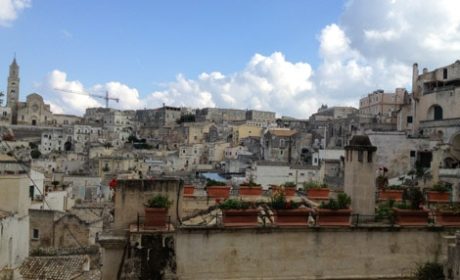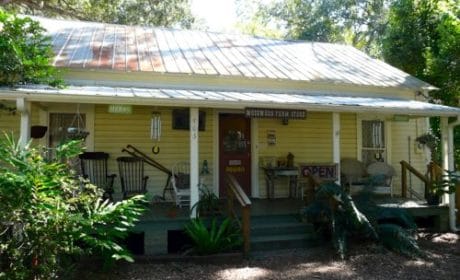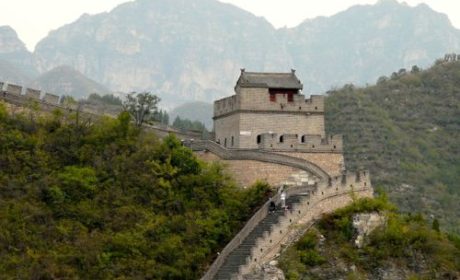Updated 01.01.2017
It seems that the travel world has been chomping at the bit to get to Cuba ever since it was announced that some travel restrictions have been lifted. Indeed, the mystery of this previously off-the-beaten-path Caribbean island is incredibly intriguing. Thankfully, today’s guest writer Kay Dougherty, author of Blonde Brunette Travel, shares her first-hand Cuba travel tips with us in order to make the most of a visit to the beautiful little island.
Baby Boomers born early in the “boom” may associate Cuba with Desi Arnaz (aka Ricky Ricardo) and have faint memories of the tense days during JFK’s failed Bay of Pigs invasion. Those born later may have vivid images of the Mariel boat-lift when Castro eased restrictions on emigration. The result was 125,000 “marielitos” arriving in Florida on “Freedom Flotillas” creating massive headaches for the Carter Administration.

What mental picture of Cuba emerges from that jumble of memories? Is Cuba a once glamorous country destroyed by a Communist dictator? Is it a vacation play-land of dance, music and beaches? Is it a poor country desperate for tourism dollars since the collapse of the Soviet Bloc and the loss of its financial assistance? The answers are: More or less, depends and yes.
Press coverage of the recent loosening of restrictions between the U.S. and Cuba may have given you the idea that you can now book a flight and plan a vacation in Cuba. The general answer to that is, not really.
What Americans can do now is the same thing we could legally do between 1999 and 2004 and then again since 2011. (The program was suspended from 2004 through 2010.) American citizens can go to Cuba on People to People trips which require, per the U.S. Department of Treasury, that the Americans have “a full-time schedule of educational exchange and activities that will result in meaningful interaction between the travelers and individuals in Cuba”.
Yikes – that doesn’t sound like a bucket of laughs!
Quite frankly, it isn’t a bucket of laughs, but it is fascinating, sometimes inspirational, not infrequently depressing and ultimately, hopeful.
What is fascinating about Cuba?

The sense of being in a time warp is probably the most fascinating aspect of Cuba. There are the vintage American cars. They are kept running with Russian and Chinese parts coupled with impressive ingenuity and determination.
In the cities you are surrounded by the beauty of the architecture of Cuba. The country’s political timeline is seen in the Spanish-Moorish buildings, the “Cuban Baroque” style, the Gallic-inspired neoclassical colonnades and columns in the cities and the Art Deco influences that infiltrated from the U.S. in the 1920s.

Cuba has its own take on color with lots of beautiful, once strong-hued pastels now peeling and faded. You will perhaps not be surprised to learn that the buildings in good repair are government buildings.
And the people? They are the most fascinating aspect of Cuba. Although our countries have been political enemies for half a century there is no sense of animosity from Cubans to Americans. The Cubans we met were warm, friendly (except in the government-run hotels), eager to meet Americans and positive and excited about the thaw in political relations between Cuba and America. They know that change is required for Cuba’s survival and they embrace, not without legitimate concerns about some potential loss of their unique culture, the economic opportunities that will develop as relations with the U.S. normalize.
What is inspirational about Cuba?
Against a brutal backdrop of poverty, poor nutrition and a lack of freedom and opportunities Cubans still maintain a vibrant artistic culture. Maybe all of that oppression can only come out (relatively) safely in artistic design and the performing arts. (You don’t hear about authors and definitely not about bloggers!)
People to People tours invariably take you to schools for the Performing Arts, artist’s studios (generally artists such as Jose Fuster who is popular with the Castro brothers) and community centers. You will experience a range from the exceedingly focused, carefully selected few students who are being developed for professional careers in the arts to seniors showing you traditional dances in a neighborhood “Grandparents’ Club”.
Cubans also place great value on education. In a country where a highly skilled surgeon might make $60 a month education is an end in itself, not a path to affluence.
What is depressing about Cuba?
The poverty that results in tourists being approached by citizens rubbing their arms as a way to request soap or writing in the air to ask for pens or pencils. These are people living in their homes with their families and holding jobs (generally low paying and with the government). They cannot afford enough to eat even with the monthly rations received from the government. They can mostly obtain rice and beans. Although a paltry selection of other items is allowed, such as meat products or eggs, in reality they are rarely available. Most people’s “monthly” rations run out in about two weeks. They are then forced to buy items in the markets where few can find or afford good produce, meat or fish.

The level of decay of the buildings in Cuban is appalling. Supposedly in Havana alone it isn’t uncommon for 50+ buildings a week to collapse as a result of decay. If you can’t afford to eat you can hardly be keeping your home in good shape.
But Cuba is still a very hopeful place
There’s a Cuban term – “chispas” – which refers to their enduring spark for life and resourcefulness and it’s considerable. The older people are excited about the prospects for their younger family members and there’s a pent-up desire in many people to be entrepreneurial.

Small changes have been made. Private restaurants can be now opened (and if you go to them your money doesn’t go to the government) and Airbnb now operates in Cuba. These things are not easy for Cubans to accomplish and the scarcity of wi-fi makes Airbnb challenging but more and more Cubans are eager to seize these opportunities.
In the U.S. press there is a great deal of hand-wringing that with the relaxing of U.S. restrictions Cuba will overnight be a land of McDonald’s, Starbucks and Marriotts. This is simply not possible. There is no viable infrastructure grid to support this level of development and some companies may be hesitant to enter the market while there’s still a Castro in power as Fidel seized privately held businesses in the past.
Know all of this and go to Cuba anyway either because of this perspective or in spite of it! As Americans are not – as of this time – allowed to stay at beach resorts and the accommodations are challenging (to be generous about it) you will have a fascinating trip. You will probably not feel as if you have had a vacation!
Are you planning a trip to Cuba now that travel restrictions have been lifted? Join the conversation at the My Itchy Travel Feet page on Facebook or send us an email to ask a question or share your experience.



